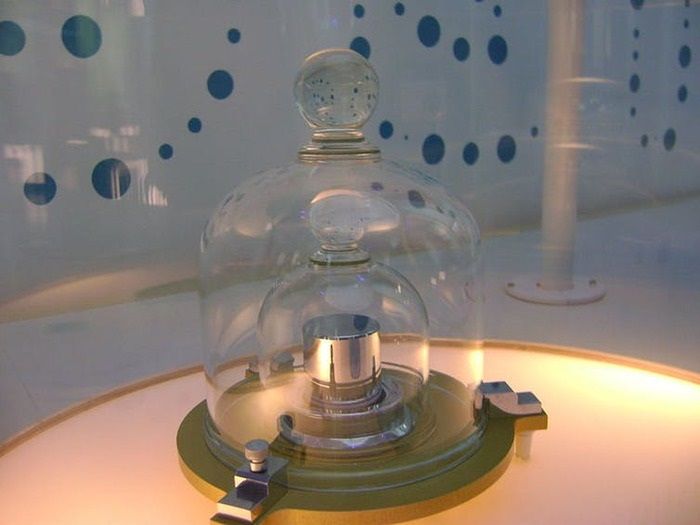The definition of the kilogram has changed all over the world
A new definition of the kilogram, the kelvin, the ampere, and the mole came into force, which will be key for the advancement of science.

A new definition of the kilogram, the Kelvin, the ampere, and the mole came into force, which will be key for the advancement of science.
The change that was implemented in the International System of Units as of yesterday will be recorded in the history books, not only because of its impact on the advancement of science and technology but also because it is the first time that four base units have been modified. at the same time with simultaneous collaborations around the world. Its approval was reached in November of last year, at the General Conference of Weights and Measures that took place in France, in front of the mythical Palace of Versailles.
From now on all the units will be defined based on constants of nature, instead of artifacts, properties of materials, or unrealizable theoretical experiments, as was the case until now. This was achieved after several years of meetings and analysis of specialists around the world.
The case of the kilogram is perhaps the most paradigmatic because now we are going to be able to measure it from different places of the world. Until today, it was defined by a physical object (platinum-iridium cylinder) but now it will be based on the assignment of a value to the Planck constant.
These redefinitions will not impact the balance used by the doctor to weigh a patient or in the butcher shop when buying a barbecue, but it will have great repercussions for the scientific field. The biggest change will probably be felt by the manufacturers of scientific instruments, which will have to adapt their products to the new measurements.
For metrologists, it is a key day, because one of the most important changes in the system is precisely to incorporate the way of making electrical units with much greater accuracy.
It will also allow for better predictions about climate change because more precise measurements can be made to monitor small temperature variations. The same will happen with the pharmaceutical industry, which, for example, can precisely define the micrograms of a drug or provide doses of medication appropriate for each patient.
In addition to the scientific aspect, this modification will also represent a challenge for education because from now on students in secondary schools will have to be taught the new definitions of units of measurement.




